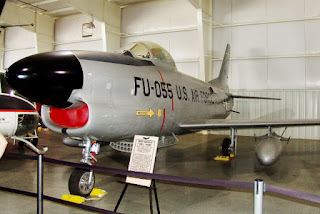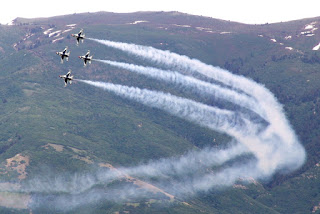Historically, in the 1800s "sun time" was used in the United States and towns could pick their own standard time, resulting in over 300 local "sun times' to choose from. Since it took so long to get from town-to-town, using a "sun time" standard did not cause many problems.
However, things changed dramatically on May 10, 1869. That is the day that the Union Pacific and Central Pacific Railroads met at Promontory Point in norther Utah Territory. Now, a trip across the United States that had taken six months by covered wagon, could be made in less than one week.
Because people had to be at the train depots on time to catch trains, the railroads pressured the Federal Government to establish standardized time zones across the continental United States.
On November 18, 1883, time zones were adopted in the United States and standard time zones were adopted in other parts of the world in 1884. So, we can thank the railroads for standardized times.
After the railroads met in Utah, a marker was placed at the site; but over the years the marker deteriorated and was severely vandalized. Then, in 1965, the National Park Service assumed ownership of the monument and started on a restoration project that would take a number of years to complete.
The Golden Spike site now contains a visitor center, a few miles of track, and two steam engines that are almost exact replicas of the engines that met on May 10, 1869. Several times a day the steam engines are "fired up" and driven up-and-down the tracks to reenact the meeting of the two railroads.
A short distance up the road from the Golden Spike Site is the Orbital ATK complex that contains an outdoor display of some products that ATK, or one of their subsidiaries, has manufactured for various space and military programs.
 |
| Photographer Unknown |
Although we drove by Hill Air Force Base in Ogden on this trip, we did not stop for a visit; but we have visited the base on several past occasions. For people interested in airplanes, they have a great Aerospace Museum that even contains an SR-71 Blackbird.
 |
| SR-71 Blackbird |
During the annual open house, the Air Force Thunderbirds typically perform various flying movements.


























































































